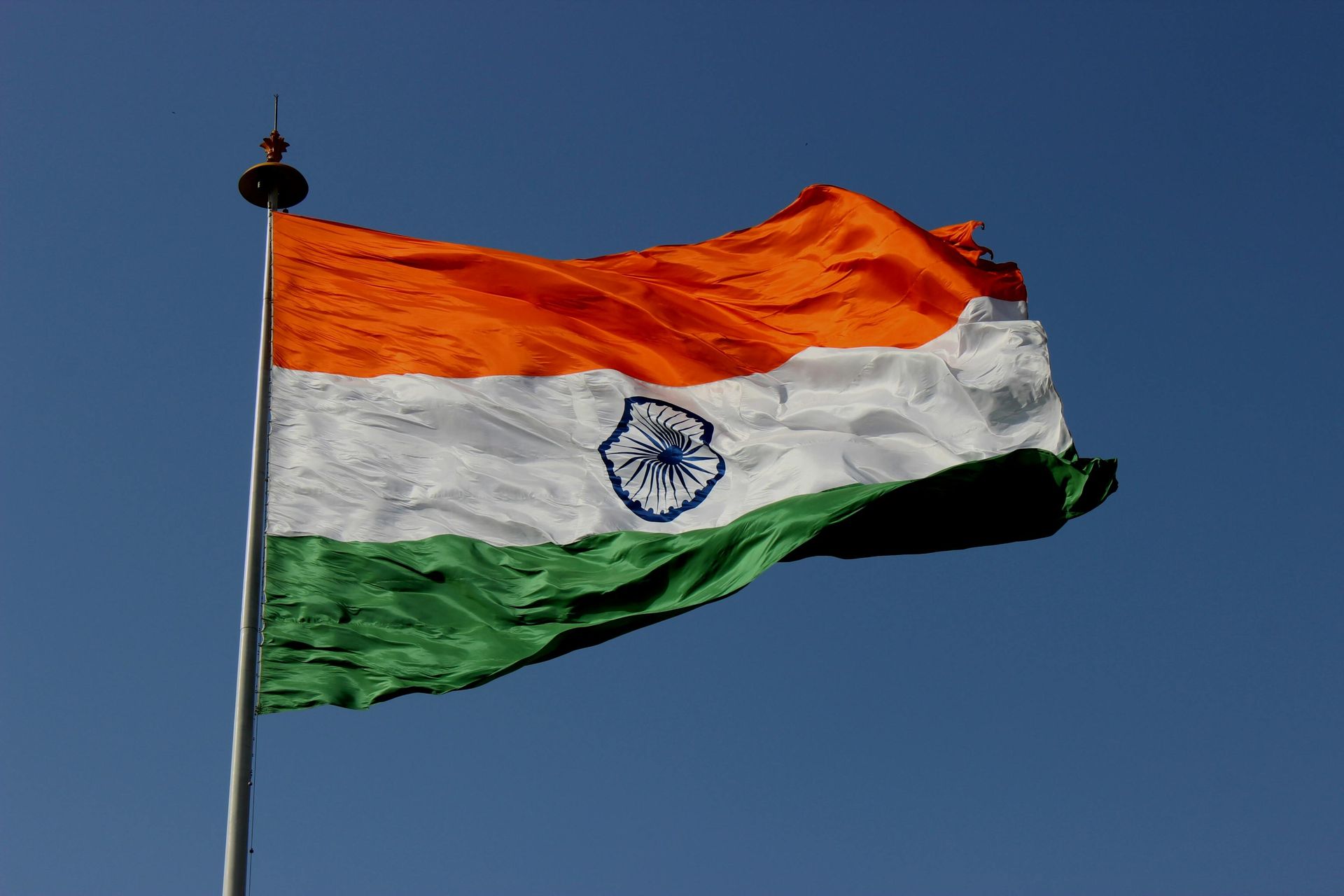Amrish Shahi - From Yarn Innovations to Fashion Statements
Embracing Innovation in Textile Design:
A Conversation with Amrish Shahi
In the ever-evolving world of textiles and fashion, innovation at the yarn level is revolutionizing the industry. The Spinning Values podcast recently welcomed Amrish Shahi, a trailblazer in textile design who is making waves from yarn to final product with his unique approach. Hosted by Rajeev Nedumaran, episode 10 dives deep into Shahi's philosophy and the impact of his work on the textile industry.
A Revolution from the Yarn Up
Amrish Shahi has been at the forefront of textile innovation for over two decades, transforming the industry's approach to design and sustainability. With a background in science and a rich career that started with his education at NIFT, Shahi's journey is nothing short of inspirational. His unique perspective on design, focusing on the yarn level, has not only set him apart but also paved the way for future designers.
Shahi's approach is about starting with the core— the yarn. Instead of waiting for mills to dictate trends, Shahi dives into the building blocks of textiles, collaborating directly with yarn spinners and fabric makers. This proactive method allows for groundbreaking innovation in fabric and garment design, pushing the boundaries of what is possible in textile production.
The Impact of Innovation
The conversation with Shahi on the Spinning Values podcast revealed several crucial insights. First and foremost, his method demonstrates the power of innovation at the yarn level. Brands that prioritize such innovation find themselves leading the market, not just following trends but setting them. This approach, according to Shahi, results in truly unique products that require minimal intervention down the line— a testament to the foundational quality of the work.
Moreover, Shahi's work challenges and changes the established industry workflows, fostering a more direct relationship between brands and yarn manufacturers. His efforts debunk the notion that exhaustive design interventions are necessary at later stages. Instead, if the yarn itself is innovative, everything that follows can maintain simplicity while achieving remarkable results.
The Future of Textiles: Sustainability and Technology
Shahi envisions a future where sustainability and practicality go hand in hand. As consumer needs evolve, the demand for durable, functional, and sustainable garments grows stronger. He emphasises the importance of sustainability, not just as a buzzword, but as a core principle driving the industry forward. Brands like Patagonia serve as beacons in this regard, showcasing that it's possible to marry ethical practices with commercial success.
In detailing his journey and philosophy, Shahi offers a trove of wisdom for aspiring designers. He underlines the importance of finding one's unique voice, staying patient, and embracing the emotional aspects of design. For Shahi, design is as much about emotion and expression as it is about functionality and aesthetics.
A Beacon for Future Designers
Amrish Shahi's dialogue with Rajeev sheds light on an innovative path forward for the textile industry. It's a narrative that emphasizes the power of starting small—in this case, at the very fiber of the industry—to provoke large-scale change. His startup, the Simple Life, encapsulates this ethos, practicing "degrowth" by taking on select projects that align with their values, demonstrating that quality and impact outweigh quantity.
In conclusion, Amrish Shahi's conversation on the Spinning Values podcast not only provides a fascinating look into the mind of a visionary designer but also serves as a clarion call for the industry. By focusing on innovation at the yarn level, embracing sustainability, and recognizing the emotional power of design, the future of textiles looks brighter and more promising than ever.



